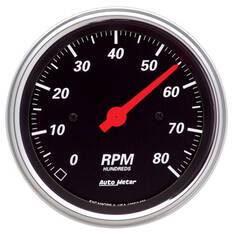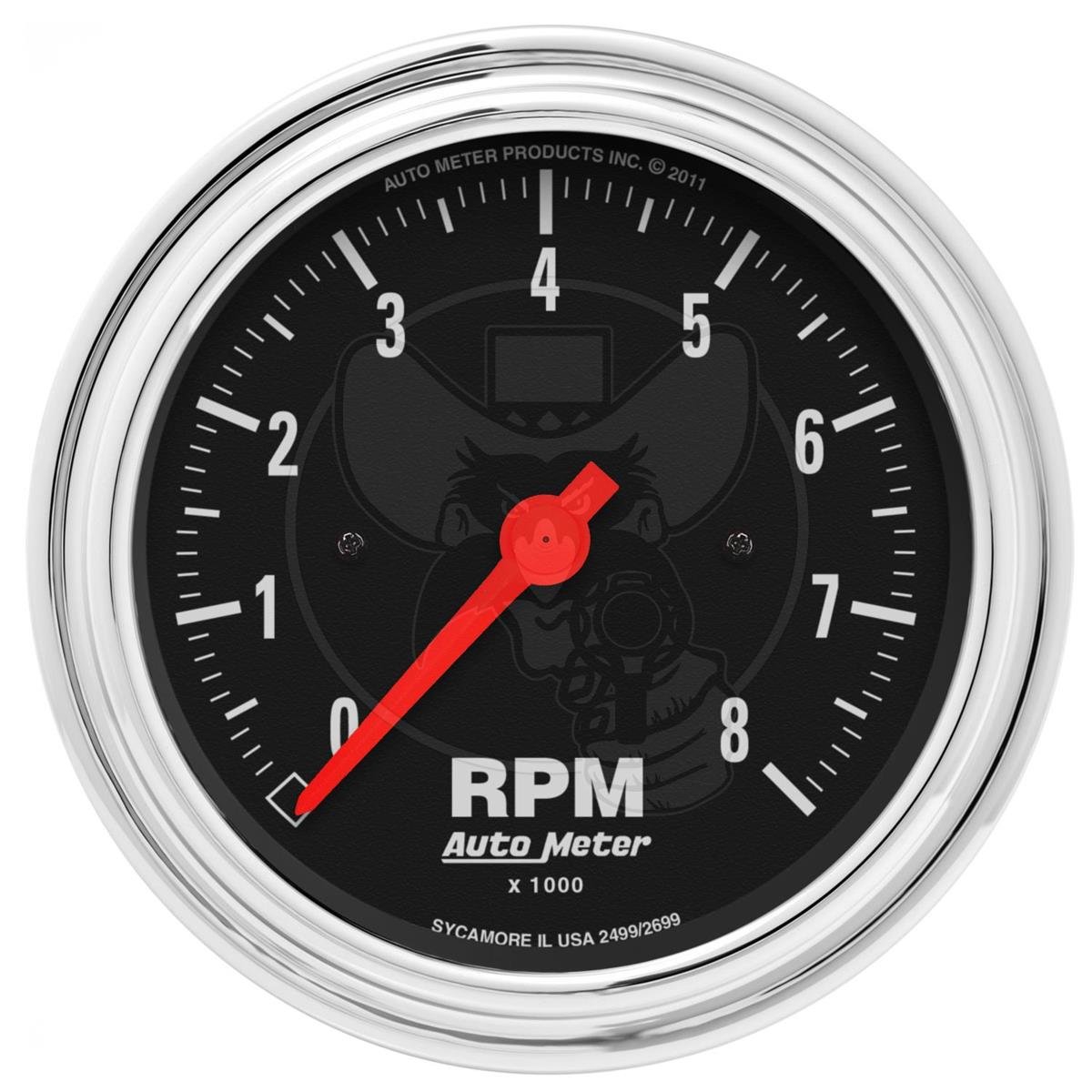Tachometer Fundamentals: Whatever You Required to Know for Accurate Readings
Tachometer Fundamentals: Whatever You Required to Know for Accurate Readings
Blog Article
The Significance of a Tachometer in Monitoring Engine Rate and Performance in Automotive Applications
In the world of automotive engineering, the tachometer stands as an essential tool in the driver's arsenal, offering a straight home window right into the internal workings of a car's engine. Beyond its function as a simple scale of changes per min (RPM), the tachometer offers as an important device for fanatics and specialists alike, using real-time insights into engine performance and health.
Relevance of Monitoring Engine RPM
Monitoring engine RPM, or transformations per minute, is a vital aspect of auto upkeep and efficiency examination. Engine RPM directly associates with the speed at which the engine's crankshaft rotates, showing just how rapidly the engine is running.
Furthermore, monitoring engine RPM is crucial for performance evaluation in auto racing and high-performance automobiles. Maintaining ideal RPM levels is vital for achieving peak power outcome and acceleration. Racers usually utilize tachometers to guarantee they are running within the perfect RPM variety for optimum performance. In recap, keeping track of engine RPM is not just important for identifying issues however also for enhancing engine efficiency in different automotive applications.

Benefits of Real-Time Information
In auto applications, real-time information plays a vital duty in providing instant insights into the performance and condition of the vehicle. By constantly keeping track of different specifications such as engine speed, temperature, fuel intake, and more, real-time data offers numerous benefits that add to enhanced performance and safety and security on the road.
One considerable benefit of real-time data is its ability to alert drivers and specialists to any abnormalities or issues without delay. This aggressive strategy allows quick identification of potential troubles, enabling timely interventions to stop more damages or break downs. Furthermore, real-time data assists in performance optimization by offering prompt comments on driving practices and engine efficiency. Drivers can readjust their habits in real-time based upon this info to attain far better fuel economy and lengthen the life expectancy of their lorry.

Furthermore, real-time information plays a vital duty in contemporary automobile diagnostics, making it possible for specialists to promptly diagnose and attend to malfunctions. This results in minimized downtime, lower upkeep prices, and ultimately, enhanced total automobile reliability and durability (tachometer). By taking advantage of the power of real-time data, automobile stakeholders can make enlightened decisions that positively affect both the efficiency and longevity of the vehicle
Effect On Equipment Shifts
Efficient gear shifts in vehicle applications considerably affect total performance and driving experience. The tachometer plays a crucial role in enhancing equipment changes by giving real-time engine rate data to the chauffeur. When coming close to the redline on the tachometer, it signifies the vehicle driver to upshift to avoid over-revving the engine and creating prospective damages. On the various other hand, downshifting at the ideal minute can assist preserve the engine in its power band, making certain receptive velocity when required.
Furthermore, the tachometer aids in achieving smoother equipment shifts, especially in hand-operated transmissions. By monitoring engine rate, vehicle drivers can carry out gear shifts at the ideal RPM variety, Our site decreasing jerking activities and decreasing endure the transmission elements. This precision in gear adjustments not just enhances driving convenience yet likewise adds to fuel performance.
Enhancing Gas Efficiency
Given the critical duty the tachometer plays in optimizing equipment changes for performance and engine wellness, it straight adds to making the most of gas effectiveness in vehicle applications. By providing real-time feedback on engine rate, the tachometer assists vehicle drivers in preserving the most effective RPM variety for fuel economy. When motorists regularly check the tachometer and change their motoring practices as necessary, they can stay clear of unnecessary gas consumption brought on by over-revving or lugging the engine.
Additionally, the tachometer helps motorists determine the most fuel-efficient equipment to be in at any kind of given minute, avoiding the engine from functioning harder than required. This is particularly crucial during velocity and travelling, where being in the ideal equipment can considerably influence gas efficiency. Furthermore, the tachometer can notify drivers to prospective mechanical problems that can be negatively affecting fuel economic climate, such as a sliding clutch or a clogged air filter. In final thought, the tachometer functions as a beneficial device in enhancing fuel performance by advertising optimum driving habits and determining areas for enhancement in the automobile's efficiency.

Taking Full Advantage Of Engine Durability
The tachometer's duty in checking engine rate and performance contributes in guaranteeing the longevity of auto engines. By making use of the tachometer successfully, motorists can enhance engine longevity through conscious RPM administration. Regularly revving an engine too high can lead to extreme wear and tear on critical components, such as the pistons, valves, and bearings. With time, this can result in decreased engine performance and potential breakdowns. Monitoring the tachometer enables chauffeurs to stay within the recommended RPM array for their automobile, preventing unneeded strain on the engine and expanding its lifespan.

Verdict
To conclude, the tachometer plays a crucial more function in checking engine rate and performance in automobile applications. By providing real-time data on RPM, it enables efficient equipment changes, improved gas effectiveness, and optimized engine durability. This tool is necessary for maintaining optimum engine efficiency and making certain the overall performance of an automobile.
Report this page